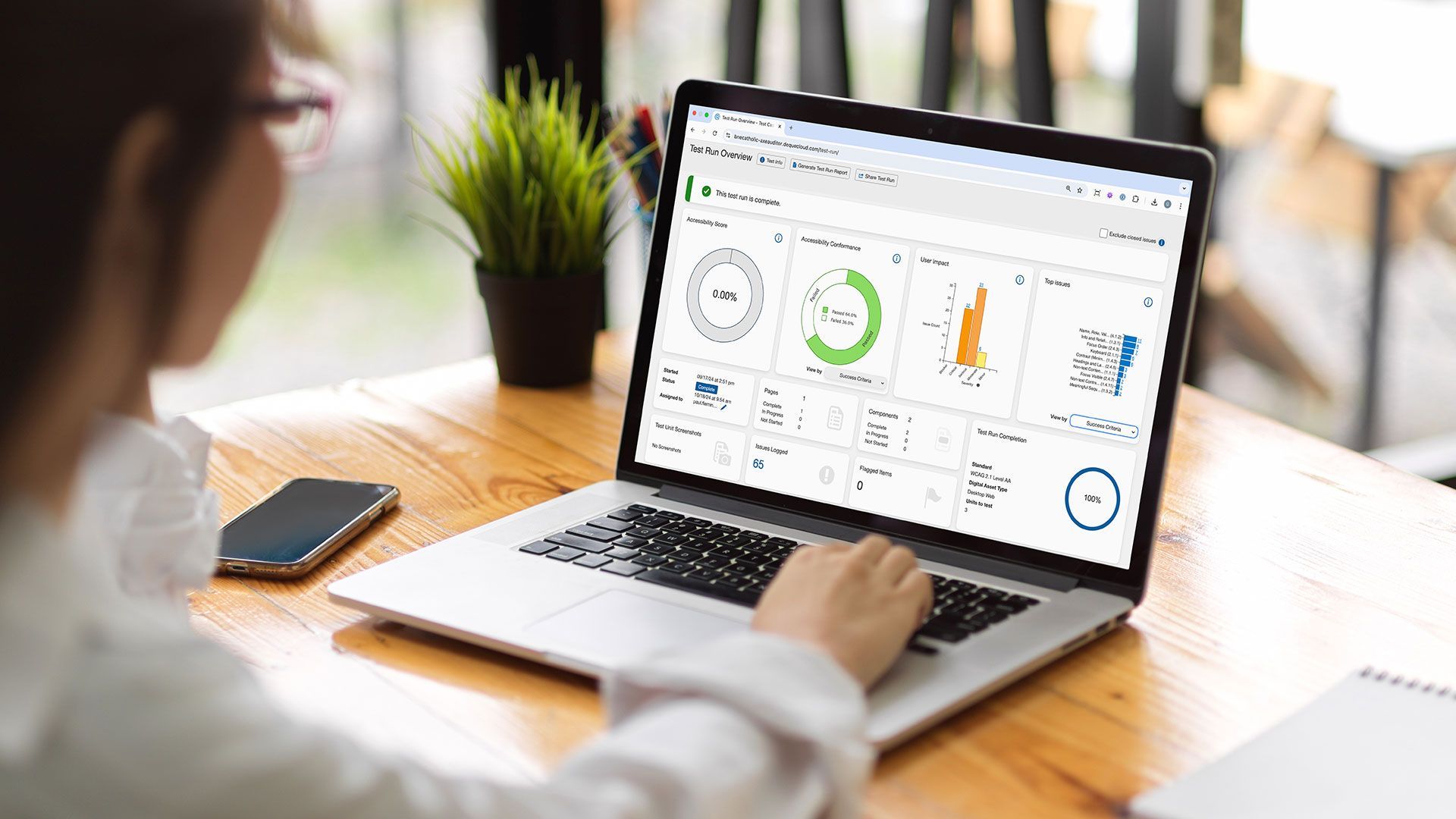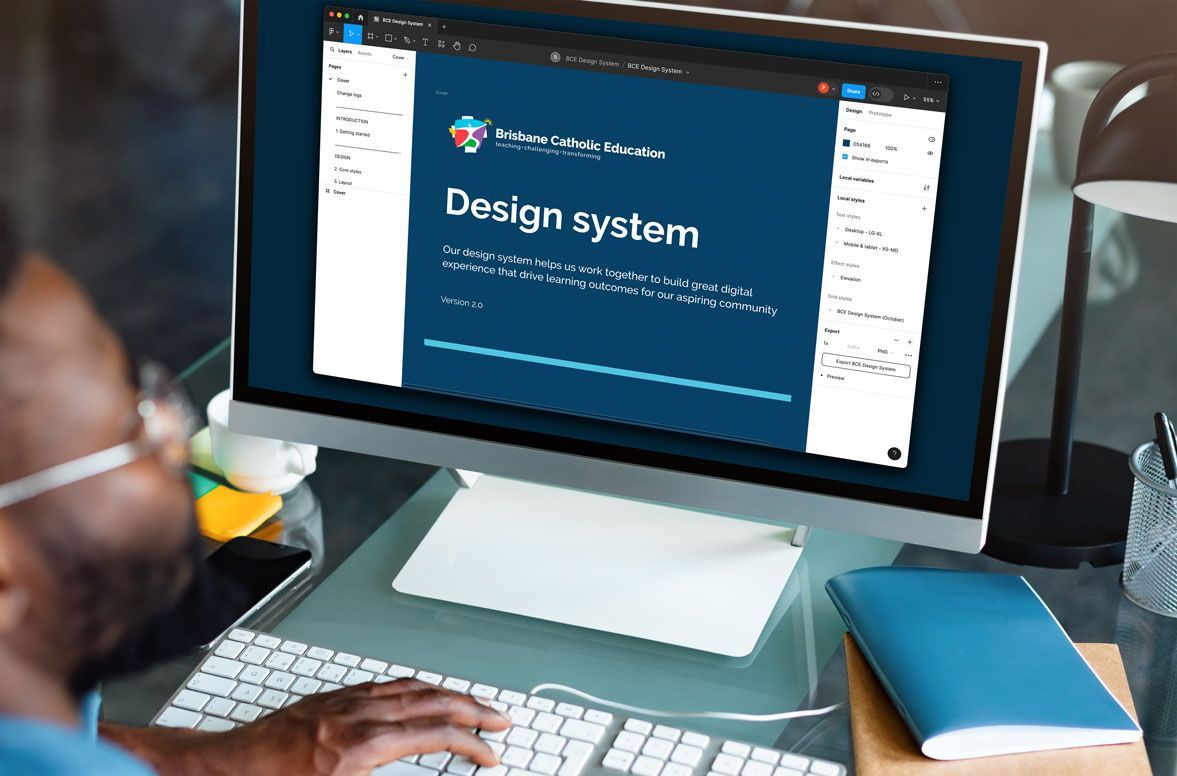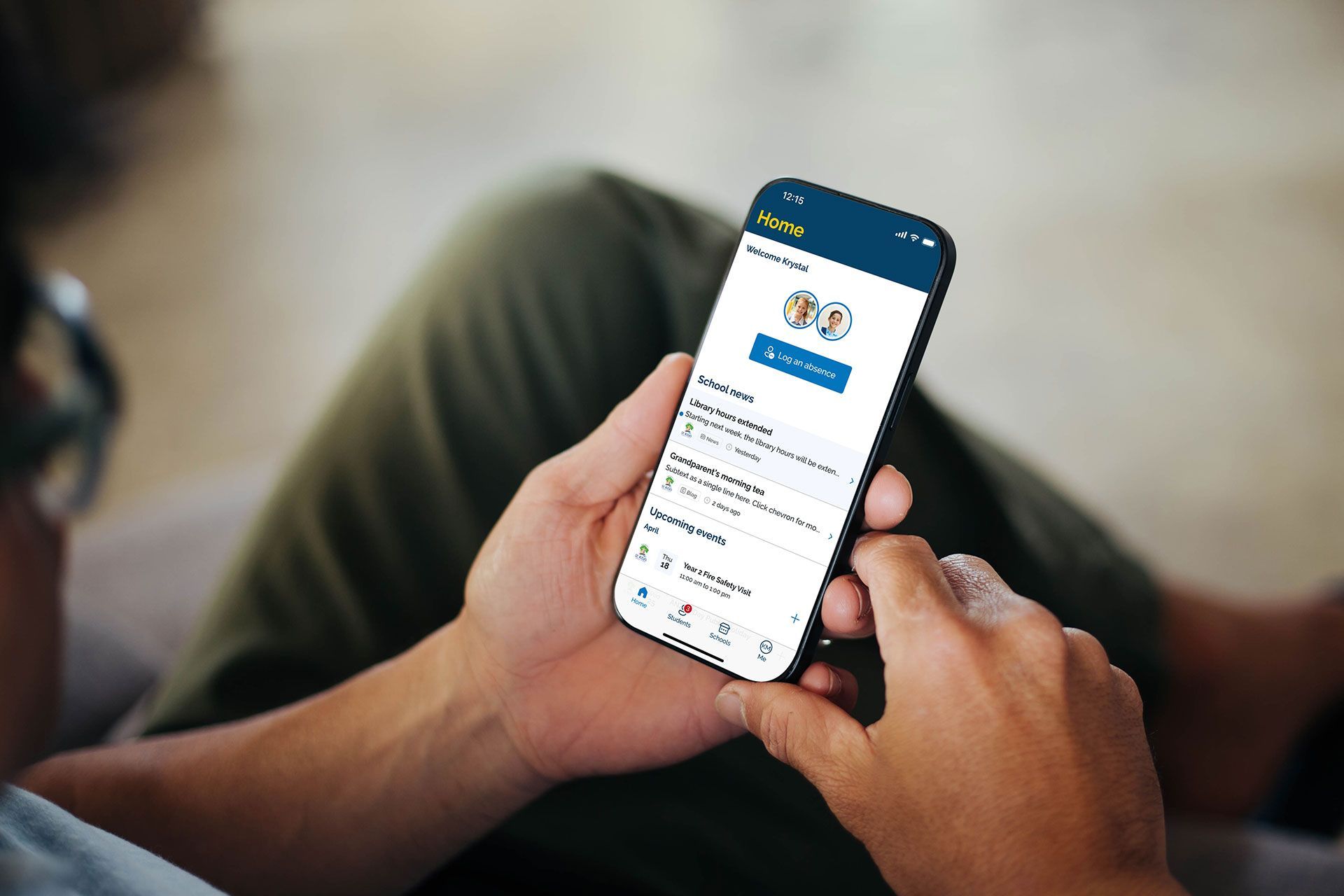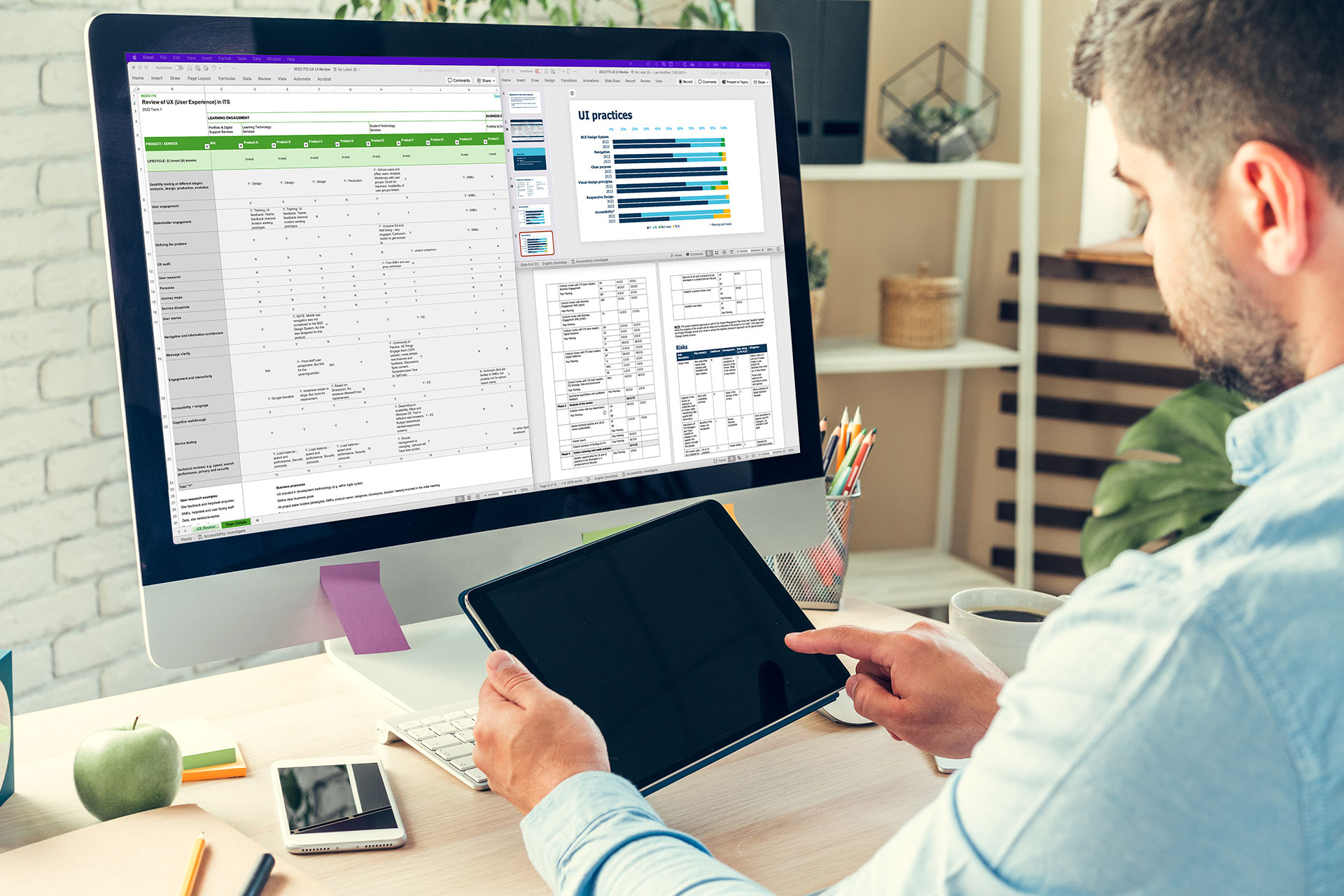Accessibility Internal Review
I led a strategy to make our products and services more accessible, turning review findings into meaningful change.

Responding to a need
In my role as a Digital Experience Advisor at BCE, I conducted a comprehensive review of the UX methodologies practiced by our IT teams. This review revealed a significant need to incorporate digital accessibility into our work practices. In response, I developed and led a strategy aimed at enhancing our understanding and implementing processes to improve the accessibility of our products and services.
Objective
I initiated two primary objectives:
- Improve knowledge and understanding: To enhance our team's knowledge and understanding of accessibility and the importance of providing accessible products for our users.
- Embed accessibility: To implement strategies that embed accessibility into the development of new products or feature updates, and make it a part of our business as usual.
Research methods
To support these objectives I employed the following research methods:
Review of training providers: Evaluated the suitability of various accessibility training providers.
Review of accessibility tools: Conducted a comprehensive review of accessibility tools, tested the tools and created a comparison matrix assessing their ease of use, accuracy, and the support and training they provided.
Meetings with key stakeholders: Discuss plans, garnered buy-in and establish budgets.
Synthesise insights
After reviewing the different training formats provided by various training providers and understanding the needs of IT teams, I determined that workshop-based training sessions would be most impactful. Collaborating with the training provider to customise their solution to meet our needs was also beneficial. For accessibility tools, I chose a company recognised as a worldwide leader with tools and training to support our requirements.
Application of research to design decisions
Based on the research insights, I took the following actions:
Training plan: Developed a training plan for all IT staff to improve their understanding of accessibility.
Tool review: Evaluated tools suitable for developing accessible products and for reviewing the accessibility of existing products.
Procurement guidelines: Included the requirement for accessibility to specified WCAG standards in our procurement guidelines and project management templates.
Accessibility audit: Led an accessibility audit of our top 20 products, focusing on critical and serious accessibility issues. I presented the reports to the product owners, outlining the issues and providing recommendations to address them.
Reflect
Accessibility is now a requirement for all new projects, with a goal to meet WCAG 2.2 Level AA standards. This requirement is non-negotiable in our IT procurement guidelines and is clearly stated in our requests for proposals from third-party vendors. These guidelines were also adhered to when developing our updated design system, ensuring products are designed with accessible components.
Our product teams and developers now have access to accessibility tools designed to support the creation and evaluation of accessible products. These tools enable them to identify and address accessibility issues early in the development process, ensuring that our products meet the required standards. Additionally, the tools provide valuable insights and recommendations for improving accessibility, making it easier for our teams to integrate best practices into their workflows. This access empowers our developers to create more inclusive and user-friendly experiences for all users.
While this process improved stakeholder buy-in, there is always room for improvement. The challenge with implementing accessibility practices is maintaining buy-in when other priorities compete for time and resources. Demonstrating the improvements accessibility makes to the lives of people with disabilities helps to illustrate the benefits of implementing these changes.
I continue to advocate for accessibility during strategy and planning meetings, design reviews, and community of practice meetings. I believe further training, customised for various role holders, would be beneficial. Including users with disabilities in usability testing where possible would also enhance our accessibility efforts.
This case study demonstrates my commitment to improving accessibility and the positive impact it has on our products and services.



